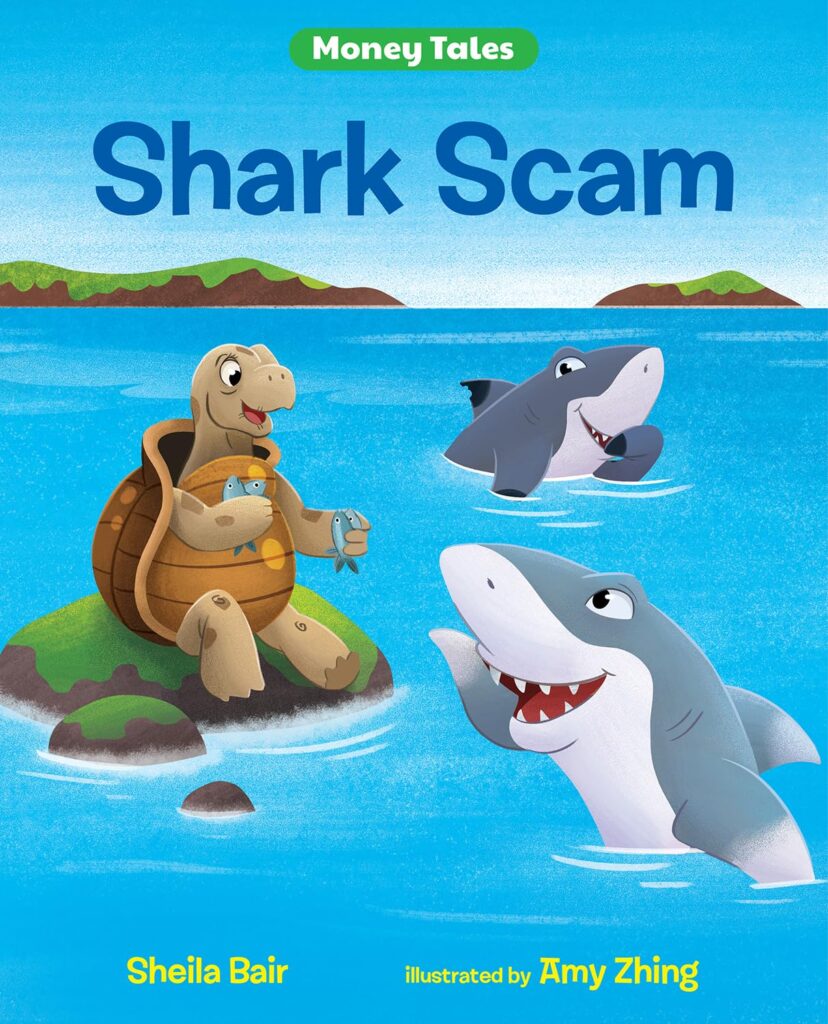
Grades K-2, 3-5

Don't have an account yet? Sign up for free
Don't have an account yet? Sign up for free

The first part of this lesson introduces students to the terms human capital, occupation, salary, and wages. Part two of this lesson provides the students an opportunity to compare selected careers including median salary and education statistics. The final part of this lesson provides a vehicle for students to research and report a career or occupation of interest. The report is in the format of song lyrics that go to the tune of “I’ve Been Working on the Railroad”. The song format requires that salary and human capital information be recorded.
People’s incomes, in part, reflect choices they have made about education, training, skill development, and careers. People with few skills are more likely to be poor. Though adult life seems very far away to most students, it is important to help them make the connection between their choices now and their success later in life. Investing in human capital makes sense for individuals just as investing in physical capital makes sense for businesses. In each case, investment now pays off later–in improved productivity for businesses and, typically, in higher wages or salaries for individuals.
 Identify the relationship between levels of education and wages or salary.
Identify the relationship between levels of education and wages or salary.Part One of this lesson introduces students to the terms human capital, occupation, salary, and wages. Part two provides the students with an opportunity to compare selected careers by reference to median salary and education statistics. The final part of this lesson provides a vehicle for your students to research and report a career or occupation of interest. The process will be an online reporting form that will produce a Career of Choice report that your students will be able to print out and turn into you.
Part 1:
[Human Capital: Knowledge and skills, acquired on the job or through training and experience, that increase the employee’s value in the marketplace.]
[Occupation: An activity that serves as one’s regular source of livelihood; a vocation.]
[Salary or Wage: Fixed compensation for services, paid to a person on a regular basis; Payment for labor or services to a worker, especially remuneration on an hourly, daily, or weekly basis or by the piece.]
Part 2:
Once at the site, students should type in one of the following occupations in the “Search by Occupation” space: physician, teacher, data entry, and firefighter. Once the search results come up, students should select the one with the written title of the job. Other selections will come up, but these are pdf files and will bring up the text from the actual book. The summary given when the job title is selected is much more appropriate for the students. Allow adequate time for obtaining information. Career Information Sheet answers for the activity
A link to the Occupational Outlook Handbook
Questions for Understanding:
Part 3:
Questions for Understanding:

Grades K-2, 3-5

Grades K-2, 3-5

Content Partner
Grades 3-5

Grades K-2, 3-5
